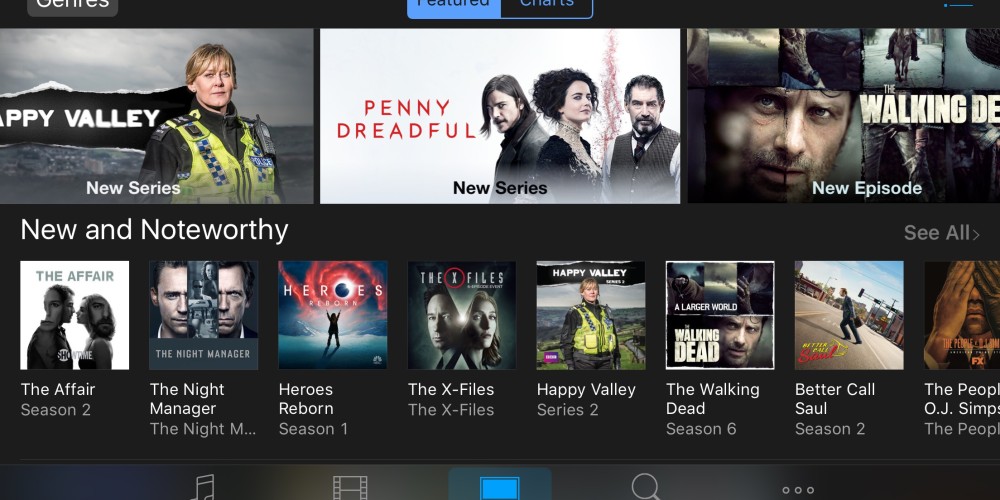TV wars: who wins, and why?

Last week I took you on a historical tour of the television industry. The tour was deliberately conducted from the perspective of the consumer, not the producer. We saw how the consumer’s TV experience has changed dramatically: from a poor one-channel, one-box experience of limited programming; to multi-channel, multi-format, multi-gadget experiences involving a global library of boundless content.
We should consider two key questions today. First, how did the balance of power in television viewing shift, and why? Notice that there have been many who have lost out in this game: initially, the state-owned broadcasters were disrupted by new commercial players; then terrestrial players were rocked by satellite and cable providers; video tapes were blanked by DVDs, which in turn lost to the hard drive, which was itself rained on by the cloud. Indeed, the past 30 years have seen periodic coups and overthrows.
Why so much change? The answer is really very simple. When you control the customer experience so tightly to suit yourself, and make it so woeful, expect many a disruption.
Visual entertainment is a part of human life. People flock to the things that allow them to escape and elevate from their otherwise humdrum lives. They will always have time (and money) to spend on watching dramas, sports, news and contests.
When you try to box that experience in to suit yourself as a producer, you are asking for disruption. Initially, the state may support you because it, too, wants to control what people watch. But eventually, the state will realize consumers are also voters and remove artificial barriers.
We once had to watch “movies” in cinema halls and “television” in our living rooms. We had to have the offerings chosen for us. We had to watch them at designated times. We were not allowed to choose. All of that suited the traditional producers. But whenever customers are forced to suffer rigidity and lack of choice, expect disruption to come calling. New technology will make new business models possible; and new entrants will knock briefly before kicking the door down.
The big lesson? Notice how power changes according to the user experience. The winners in this game are those who make life better for the consumer. Once upon a time it was content creators and license holders and cinema owners who held the reins; today, the power is wielded by those who control the interface to the consumer. If you have a path to the eyeballs that’s both convenient and affordable, you win. And everyone lines up behind you.
A second question: who did all that innovating? Notice that at every stage, the innovations did not come from the incumbent providers. Commercial channels disrupted public ones; new media disrupted old; new players disrupted established ones.
As I’m fond of saying, the comfortable don’t innovate. It’s usually an outsider who sees a weak user experience and comes in to exploit the weakness with new technology and a fresh business model.
Now, look away from television and take a hard look at your industry. If you are a thinking strategist, you will see the same patterns at play. Long-established players resisting change and holding on to dying business models; and potential entrants wielding new technology and finding different ways to make money.
Banks resisted mobile payments until they arrived anyway. Taxis resisted open arrangements until newcomers showed them how. Retailers resisted e-commerce until Amazon ate their lunch. Newspapers hid their heads in the sand, but when they finally looked up their readers were gone.
What’s happening in your business? Are you hanging on for dear life, hoping nothing will change, or that the government will protect you? Are you deeply invested in the technologies of yesteryear? Is your customer frustrated, fidgety, ripe for seduction?
Only two things can save you. Watching the user experience very, very carefully, and building relationships that offer intangible value; and embracing innovation and experimentation and being the first to market with new features and products that add value to the lives of your customers.
Tomorrow morning, walk into your business like a stranger. Look around with objective eyes, and see what’s still strong and what’s surprisingly weak. Because strangers are looking at you with those eyes in any case.
Who wins, every time? The one who gives the customer the better experience. Will that be you?
(Sunday Nation, 28 February 2016)

Buy Sunny Bindra's new book
The X in CX
here »
Popular Posts
- NY’s wake-up call to the old guardNovember 9, 2025
- Save your strength for repairsNovember 2, 2025
- How to listen, really listenNovember 16, 2025
- Empathy is the missing code in CXOctober 26, 2025
- Use AI, but don’t lose youOctober 19, 2025















